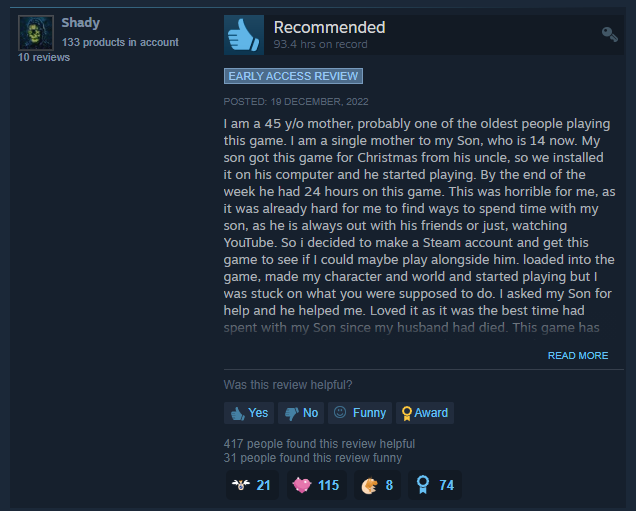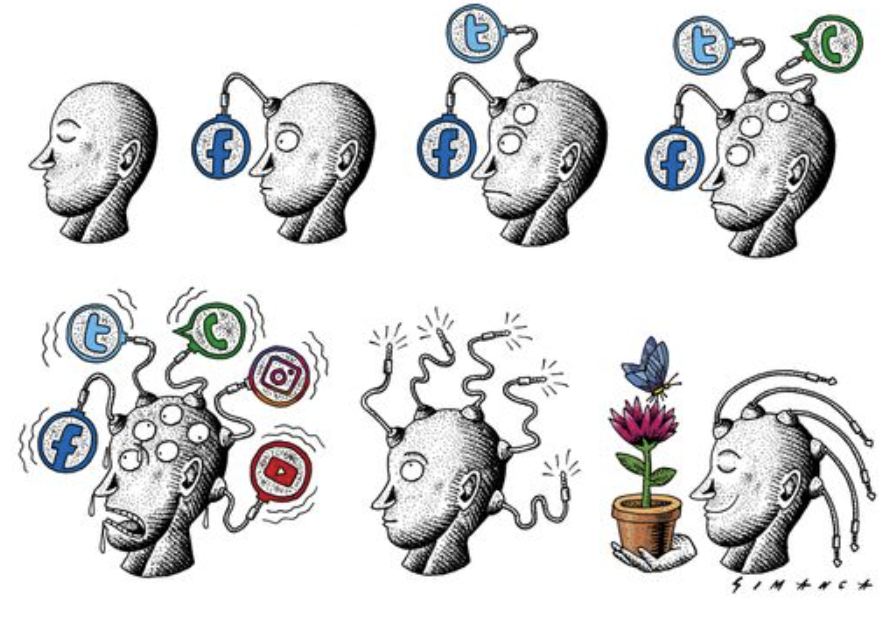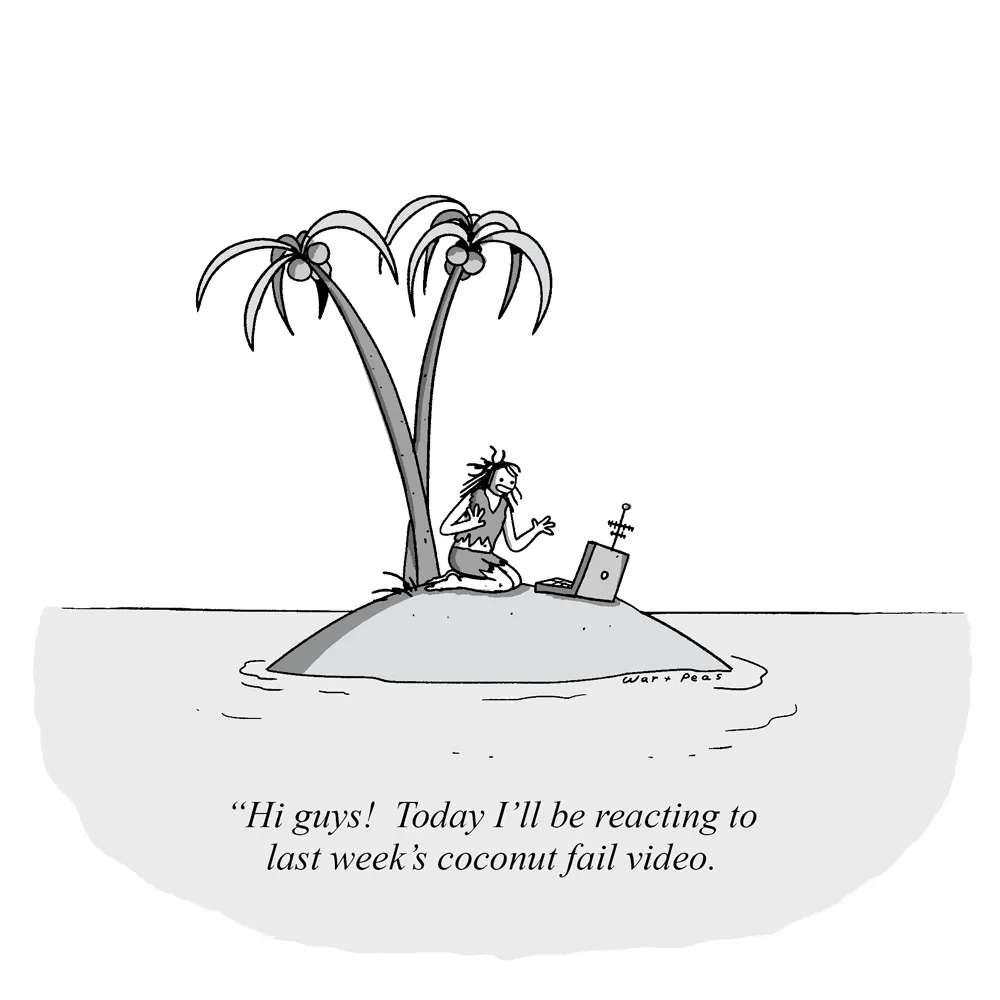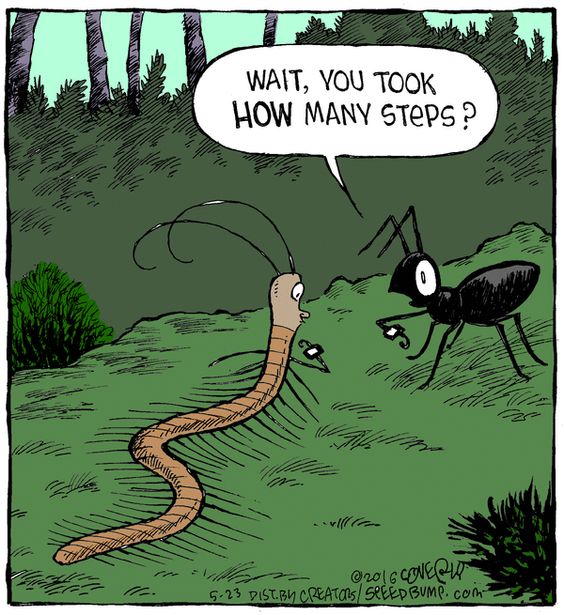In my experience as an avid gamer, placing exclusive reliance on Steam recommendations and reviews fails to offer a comprehensive assessment of the gaming experience. Further investigation and comprehension are warranted in excess of these ratings.
In such situations, I seek advice from a knowledgeable individual regarding which games to play, thereby bypassing the necessity of conducting independent research and incurring expenses associated with trial and error.


The aforementioned instances have served to highlight the operational dynamics of the Two-Step Flow Theory through my interactions with opinion leaders. The theory, initially formulated by Katz and Lazarsfeld during the mid-20th century, posits that media messages do not exert direct influence on the general population. The messages initially connect with a specific group of individuals known as ‘opinion leaders’, who subsequently act as intermediaries and propagate this influence to a wider population (Katz, Lazarsfeld, & Roper, 2006).

In the current media landscape, platforms such as Instagram and X (previously known as Twitter) function as channels through which individuals can establish themselves as influential figures in terms of expressing their opinions. As individuals express their viewpoints on these platforms and their opinions find resonance with others, they not only establish trust but also promote active participation within the community. This process naturally positions them as recognised voices or opinion leaders in the digital realm.
The theory now faces challenges and transformations.
Is it possible for it to remain at two steps in the digital age? Is it more? Or perhaps a single step?
Algorithms play a crucial role in determining the content that is displayed on a user’s feed on popular platforms such as Facebook, Instagram, and YouTube. In this context, the process has minimal intermediate steps. The algorithm examines the behavioural patterns, preferences, and interactions of a user and subsequently delivers content based on these factors. According to Bucher (2012), there is no human intermediary or “opinion leader” responsible for curating this flow. The communication from a content creator has the potential to reach a user’s feed directly, exerting influence without the need for intermediaries.
In contrast, we shall examine the mechanisms that underlie the distribution of a highly popular video on TikTok or a viral tweet on Twitter. The dissemination of information begins with an individual who initiates the sharing process, which is subsequently followed by multiple individuals who share the information from the initial source. This iterative pattern perpetuates, resulting in the formation of a network-like structure through which information flows. This idea shows a step-by-step process in which a single piece of content goes through several stages involving different nodes before it gets to its final recipient. According to Marwick and Boyd (2011), individuals who share content have the potential to introduce their own interpretation or viewpoint, thereby modifying the original message’s context. Within this particular context, it can be observed that the sharing button assumes the rely roles as stated in the theory(Katz, Lazarsfeld, & Roper, 2006).¬†
Opinion leaders and ordinary users are increasingly indistinct in the digital age. An вАШopinion leader’ can be anyone who possesses a substantial following or whose message strikes a chord with others. Moreover, as the importance of algorithms in content curation increases, these automated procedures occasionally assume the position of “opinion leaders” that influence our perceptions and online experiences (O’Neil, 2016).
The Two-Step Flow Theory is fundamentally changed by today’s digital world, making it more of a basic framework rather than a rigid plan for how information should be shared.
Reference list
Bucher, T. (2012). Want to Be on the top? Algorithmic Power and the Threat of Invisibility on Facebook. New Media & Society, 14 (7), 1164вАУ1180. Available from https://doi.org/10.1177/1461444812440159.
Katz, E., Lazarsfeld, P.F. and Roper, E. (2006). Personal Influence:The Part Played by People in the Flow of Mass Communications, 1st edition. New York: Routledge. Available from https://doi.org/10.4324/9781315126234 [Accessed 23 October 2023].
Marwick, A. and Boyd, danah. (2011). To See and Be Seen: Celebrity Practice on Twitter. Convergence: The International Journal of Research into New Media Technologies, 17 (2), 139вАУ158. Available from https://doi.org/10.1177/1354856510394539.
OвАЩneil, C. (2016). WEAPONS OF MATH DESTRUCTION : how big data increases inequality and threatens democracy. New York: Crown Publishers. Available from https://www.vlebooks.com/Product/Index/2170872?page=0&startBookmarkId=-1.


Hi Hailun – this is a very informative post about the two step flow theory of communication. What are your thoughts on the ‘multiple steps’ concept regarding regulation and censorship? Do you think that due to technological advancement, since more and more users can spread and share information to others and they themselves can become opinion leaders, then it may lead to bigger institutional bodies like the government and media companies having to regulate the distribution and accessibility of information spreading (since it is very easy now to spread false news)?
Hello Akanksha! I appreciate your thoughtful questions. Thank you for bringing them to my attention!
1. The ‘multiple steps’ approach recognises communication isn’t linear. Although it provides a more detailed understanding of the flow of information, it also introduces complexity and potential challenges in regulating this process.
2. Technology has democratised information sharing, turning many into potential opinion leaders. A lot of different voices can be helpful, but it can also let false information in. While institutions strive to be gatekeepers, they are also confronted with ethical quandaries: when does regulation become overreach? Maintaining the essence of a free digital ecosystem while ensuring its integrity requires striking a balance. Perhaps by involving users in the process of content moderation, platforms could become more accountable and democratic.
Hi Hailun. Your blog was a nice and informative read. The funny photo you added at the beginning was a nice touch in introducing the concept and keeping an informal vibe!! Like I did in my blog, I like how you provided modern examples of the theory to make these theoretical concepts more understandable by putting them into a context we can relate to. I specifically liked your gaming example, as I, and many other people in our generation are gamers themselves, and can directly relate to this situation. It is very interesting how average people are becoming “opinion leaders” due to the impact of social media, calling into question just how much weight these media theories still hold in our modern digital age. I wonder if you feel that algorithms have too much power in determining a person’s feelings and mental state, through the power of content curation, and whether it’s appropriate to allow these non-emotional entities to be “opinion leaders” as their content moderation process can overwhelm a user with unearthly content, leading to tragic situations such as the case of Molly Russel